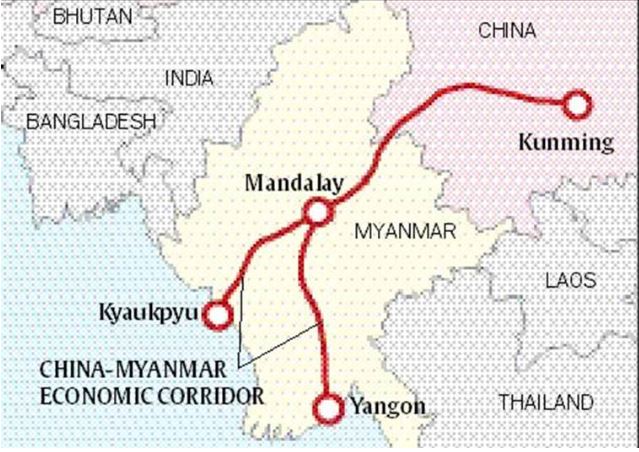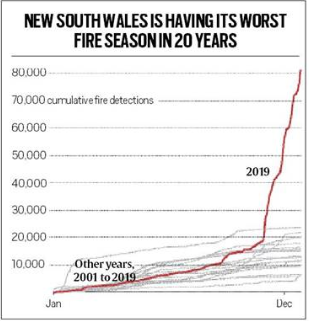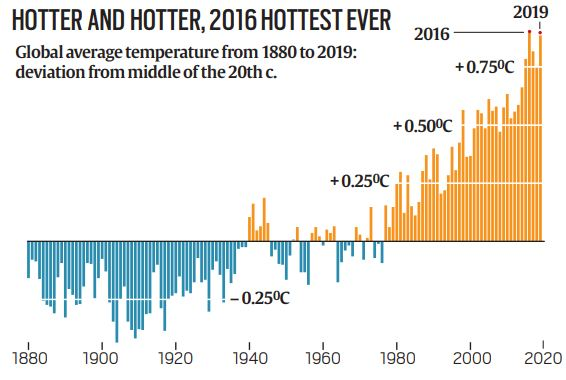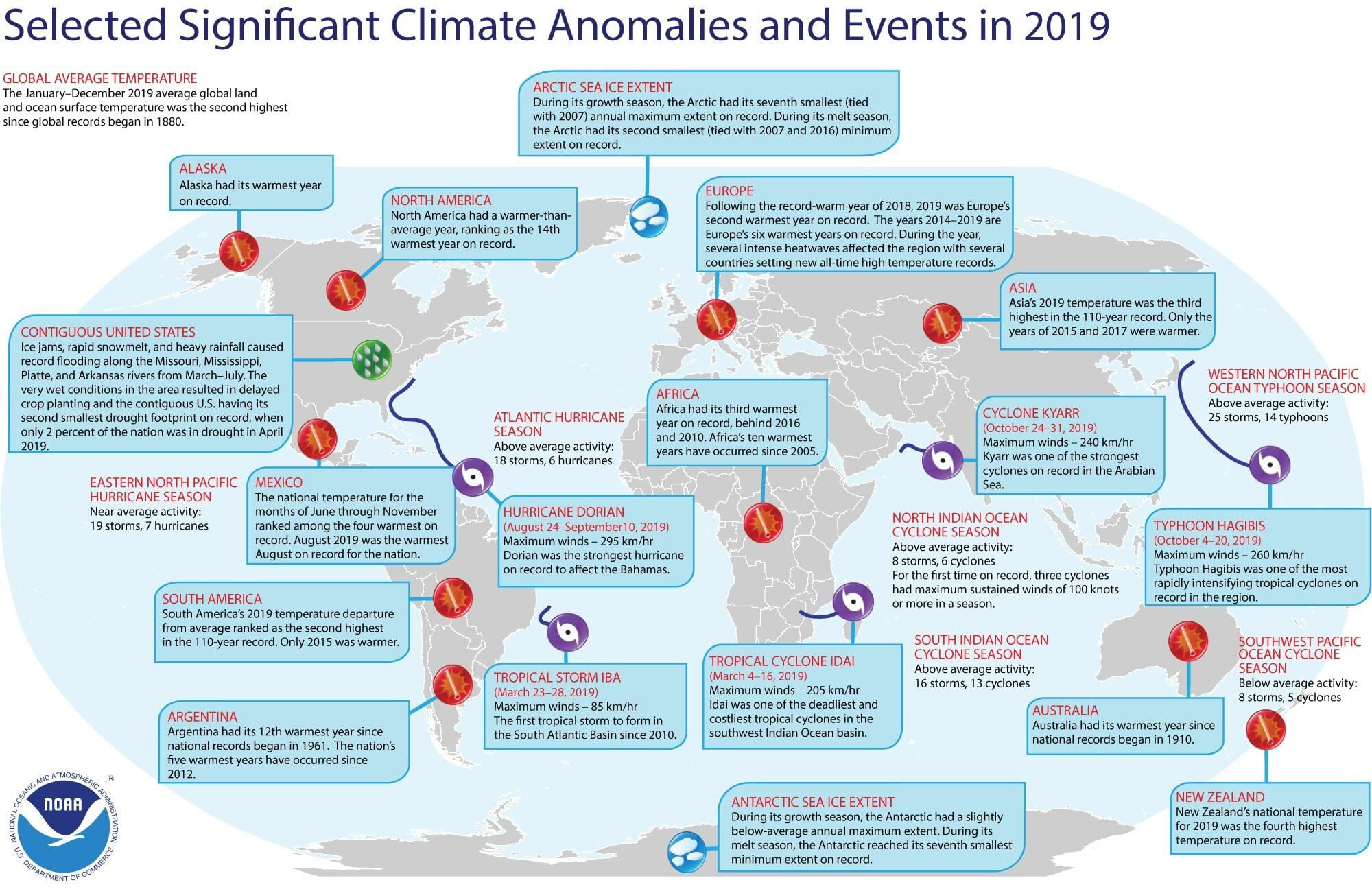International Relations
Proposal for China Myanmar Economic Corridor
Why in News
China’s President Xi Jinping will be visiting Myanmar to mark the 70th anniversary of the establishment of diplomatic relations between China and Myanmar.
- President’s visit will focus on the three pillars of the China Myanmar Economic Corridor (CMEC)— the Kyaukpyu Special Economic Zone, the China-Myanmar Border Economic Cooperation Zone and the New Yangon City.
- CMEC is a branch of the Belt and Road Initiative (BRI) in the Indian Ocean.
- The CMEC to the Bay of Bengal is the replica of the China-Pakistan Economic Corridor (CPEC) that connects Beijing’s western province of Xinjiang to Karachi and Gwadar on the Arabian Sea.
Historical Background of CMEC
- The East India Company and the British Raj were eager to develop connectivity into Yunnan through Burma to promote trade between India and western China.
- In the late 19th century, the Indian Railways surveyed the route for a railway line from the Arakan coast (Myanmar) to Yunnan (China), but could not implement it.
- Thus, China will be implementing the vision of the East India Company.
Key Highlights of Visit
- Connectivity and Infrastructure:
- The visit is likely to pave the way for greater connectivity between China’s southwestern province of Yunnan and the eastern Indian Ocean.
- The major infrastructure projects like the development of a Special Economic Zone (SEZ) and a deep-sea port at Kyaukpyu and the construction of a railway line from the China border to Mandalay in central Myanmar will be discussed.
- The railway will connect Kyaukpyu on the western seaboard of Myanmar and Yangon in the south where the Irrawaddy River flows into the Bay of Bengal.
- The visit is also expected to revive the hydel dam at Myitsone and the copper mining project that had to be suspended a decade ago.
- Economic Relations:
- It will reinforce China’s status as the most important economic partner of Myanmar, and rejuvenate the historic special relationship between the two countries.
- Diplomatic Relations:
- The US and the West that have been critical of Myanmar’s handling of the Rohingya problem. China, in contrast, has played the role of mediator between Myanmar and Bangladesh.
- China is making the case that some of its BRI projects can help alleviate the Rohingya conflict by accelerating the development of the Arakan region.
- By developing ports such as the Gwadar and Kyaukpyu, China aims to lower its strategic dependence on the Malacca straits — the vital trade link between the Indian and the Pacific oceans, which is the Indo-Pacific Command of the U.S.
- The US and the West that have been critical of Myanmar’s handling of the Rohingya problem. China, in contrast, has played the role of mediator between Myanmar and Bangladesh.
- Historical Relations:
- CMEC enforces the centuries old idea of Southern Silk Road by China.
Impact on India
- China’s economic stakes in the Bay of Bengal will signify larger maritime presence and naval engagement in the region which in turn reinforces the string of pearls policy by China.
- The String of pearls is a geopolitical theory referring to the network of Chinese military and commercial facilities extended from the Chinese mainland to Port Sudan in the Horn of Africa.
- But this theory is denied by China and it views its actions as their efforts to strengthen a new maritime Silk Road.
- Like CMEC and CPEC, China is also developing the China-Nepal Economic Corridor (CNEC) which will link Tibet to Nepal. The endpoints of the project will touch the boundaries of the Gangetic plain. Thus three corridors signify the economic as well as strategic rise of China in the Indian subcontinent.
Steps to be Taken by India
- India should focus on making a more effective contribution to Myanmar’s development and security.
- India needs to focus on quickly completing its own infrastructure projects in Myanmar and develop a new strategy for commercial partnership that is in tune with India’s own capabilities and strengths.
- India needs to strengthen its collaboration with like-minded partners like Japan which has a growing economic presence in Myanmar. Thus, India’s Act East Policy and Japan’s Free and Open Indo-Pacific Strategy needs to combine.
- India also needs to revive the dormant dialogue with China on the BCIM corridor involving Bangladesh, China, India and Myanmar.
Governance
Road Safety Meeting
Why in News
Recently, the 18th meeting of National Road Safety Council (NRSC) and 39th meeting of Transport Development Council (TDC) were held in New Delhi under the Ministry of Road Transport & Highways (MoRTH).
Key Points
- The ministry is discussing with States the steps required for improving the engagement of the society towards accidents, and victims, whose life can be saved within the first ‘golden hour.’
- Golden hour refers to the immediate one-hour time period following a traumatic injury, during which, chances of preventing death by way of prompt medical treatment are the highest.
- Different road safety aspects discussed in the meeting:
- The Motor Vehicle (Amendment) Act 2019
- Tourist Vehicles Authorisation and Permit Rules 2019
- Bus port guidelines
- Digitisation of transport and abolition of border check posts
- Inter-state transfer of vehicle registration and driving licenses
- Harmonisation of road tax across States – One Nation One Tax
- Vehicle scrapping policy
- Guidelines for setting up, authorisation and operation of vehicle scrapping facility
- Implementation of vehicle tracking platform under Nirbhaya framework.
- The meeting also highlighted 36% improvement on national highways and 26% on State highways.
Steps Need to be Taken
- The meeting underlined the need to include NGOs and engineering students in conducting road audits.
- There is a need to bring about behavioural change towards road safety.
- Road discipline should begin from the family, school and society level.
National Road Safety Council
- It is an advisory body which was established under section 215 of the Motor Vehicles Act, 1988 with the objective of improving road safety aspects in the road transport sector.
- The Council is chaired by the Union Minister of Road Transport and Highways.
- In 2011, MoRTH formed five separate working groups on the four Es of road safety-
- Education
- Engineering of Roads
- Engineering of Vehicles
- Enforcement, and Emergency Care.
Transport Development Council
- It is the highest body to advise the Government on all matters relating to roads and road transport.
- The Union Minister of Road Transport & Highways is the Chairman of the Council.
- It meets at least once a year.
Biodiversity & Environment
2019: Second Hottest Year
Why in News
According to the World Meteorological Organization (WMO), the year 2019 was the second-hottest year since records began in 1880.
- It has also warned that heat is likely to lead to more extreme weather events like the Australian bushfires in 2020 and beyond.
- Status in India
- The India Meteorological Department (IMD) has declared the 2010-19 decade to have been India’s hottest since records began in 1901, with the average temperature 0.36 degrees Celsius higher than the 30-year 1981-2010 average.
- 2019 was India’s seventh hottest year on record.
Key Points
- Hottest Decade
- United States government agencies has said that the decade 2010 - 2019 was the hottest on record.
- Trend: Since the 1960s, each decade has been significantly warmer than the previous one. This trend continued in the 2010s, and five of the hottest years ever were experienced in the second half of the decade.
- Reason: The warming is caused to a large extent by the emissions of carbon dioxide and other heat-trapping gases emitted from the burning of fossil fuels.
- Implication: This pace of warming means the world will almost certainly fail to meet the goals set to combat catastrophic climate change.
- Hottest Years
- The hottest year on record was in 2016 due to the warming impact of a strong El Nino event.
- The global average surface temperatures in 2019 were nearly 1 degree Celsius higher than the average from the middle of last century, making 2019 the second hottest year.
- Climate hotspots of 2019 include Australia, Alaska and southern Africa whereas Central Canada and the northern US were among the few places that experienced cooler-than-average conditions.
- Case of Australia
- In Australia, 2019 was the hottest year on record, with the average temperature 1.5 degrees Celsius higher than the mid-20th century average.
- 2019 was also the driest (in terms of rainfall difference from average) ever.
- Most of the country has been in the grip of a severe drought since 2017, and New South Wales (southeastern Australian state) is currently seeing its most devastating bushfire season in at least 20 years.
Biodiversity & Environment
Australian Bushfire
Why in News
Australia is witnessing its most devastating bushfire season in at least 20 years.
Concept of Bushfires
- Season: Forest fires, or bushfires, routinely occur across the world in hot and dry seasons.
- Reason: Dry leaves, grass, shrubs, deadwood etc are easily combustible. Ignition happens naturally, from lightning strikes for example, or accidentally, from sources such as cigarette stubs.
- Spread and End: Suitable speed and direction of wind helps spread a forest fire faster. It usually comes to an end due to rain or because there is no further contiguous vegetation to spread to.
- Man -made fires: Sometimes, fires are ignited on purpose, for example, in 2019, the fires in the Amazon forests in Brazil had become controversial because they were largely seen to have been a result of deliberate burning by farmers and large agro-industry players keen on getting more land.
- Indian Context: During the summer months, fires are common in the forests of India as well.
Common in Australia
- Driest Inhabited Continent
- Australia, where the summer starts around October, is known to be the most fire-prone of all continents. This is mainly because Australia is also the driest inhabited continent.
- Almost 70% of its area comprises arid or semi-arid land, with average annual rainfall less than 350 mm.
- Bushfires and forest cover
- Australia has about 134 million hectares of forest land. Bushfires are pretty common every year in summer.
- Australian government data show that about 55 million hectares of forest land, i.e more than 40% of the entire forests, had been affected by at least one such fire in the period between 2011 and 2016.
Difference in 2020
- This Australian summer, the spread and intensity of forest fires are something never seen before. The fire has impacted more than 10.3 million hectares of forest land so far, an area the size of South Korea. People and millions of wild animals have died.
- Reasons
- Prolonged Drought
- The three years between 2017 and 2019 were the driest 36-month period ever in the New South Wales (a state of Australia).
- 2019 happened to be the warmest and driest year for the country since 1900.
- Daytime temperatures were, on average, 2°C higher than normal, while the average rainfall for the country was 40% below normal.
- Heat and dryness are the key preconditions for the ignition and spread of forest fires.
- Positive Indian Ocean Dipole (IOD)
- In 2019, the problem has been compounded by the presence of one of the strongest-ever positive Indian Ocean Dipole (IOD) events. Positive IOD events are often associated with a more severe fire season for South-east Australia.
- Rare stratospheric warming over Antarctica
- Temperatures were 30°C to 40°C higher than normal in the region 10 to 50 km from Earth’s surface — another extraordinary weather event that could have contributed to the unusual heat and dryness in Australia.
- Prolonged Drought
- Link with climate change
- Experts say climate change has worsened the scope and impact of natural disasters such as fires and floods. Weather conditions are growing more extreme, and for years, the fires have been starting earlier in the season and spreading with greater intensity.
Impact of IOD on India and Australia
- The IOD refers to the difference in sea-surface temperatures in the eastern and western Indian Ocean. This either aids or cuts off moisture supply to Australia, depending on whether the western Indian Ocean is cooler or the eastern.
- This year, the eastern Indian Ocean has been unusually cold, and that contributed to the rainfall deficiency over Australia.
- The 2019 June-September monsoon in India started its withdrawal on October 9, against the normal date of September 1, making it the most delayed in recorded history. It was also the strongest in recent years with a surplus of 10% in 2019 — both attributed in part due to the positive phase of the Indian Ocean Dipole (IOD).
- During a positive IOD phase, the west Indian Ocean warms up anomalously (creating lower pressure and wet climes) relative to the east (higher pressure and a dry phase, towards the Australian side).
- A positive IOD that has persisted longer than usual is thought to have contributed to a delay in transition of the monsoon trough from the Northern Hemisphere to the Southern Hemisphere and onset of the Australian monsoon.
Important Facts For Prelims
Rajasthan to Get its First Biotechnology Park
Why in News
Rajasthan government will be signing a memorandum of understanding with the Centre’s Department of Biotechnology to set up its first biotechnology park and incubation centre in the state.
- The biotechnology park and incubation centre would be set up in the State with the support of the Biotechnology Industry Research Assistance Council (BIRAC).
- Objectives:
- This will enable the State government to take up research in the field of biotechnology and provide employment to the youths.
- It would also help to promote interdisciplinary field research such as bioinformatics, biomedical engineering and nanomedicine.
- Further, it will also help to promote biotechnology on the lines of health, agriculture, industry and food which will intensify the science-based manufacturing in industrialisation.
Biotechnology Parks and Incubators
- The Department of Biotechnology has established Biotechnology Parks/Incubators across the country to translate research into products and services by providing the necessary infrastructure support.
- These Biotechnology Parks offer facilities to Scientists, and Small and Medium-sized Enterprises (SMEs) for technology incubation, technology demonstration and pilot plant studies for accelerated commercial development of Biotechnology.
- The Department so far has supported 9 Biotechnology Parks in various States.
- The Department has also come up with ‘National Biotechnology Parks Scheme’.
- The scheme aims to create an ecosystem to absorb the start-ups which have graduated from incubators and give them a platform for further scaling up their R&D activities in collaboration with the state government and industry.
Biotechnology Industry Research Assistance Council
- Biotechnology Industry Research Assistance Council (BIRAC) is a Public Sector Enterprise, set up by Department of Biotechnology (DBT).
- BIRAC is a industry-academia interface and implements its mandate through a wide range of impact initiatives.
- It aims to strengthen and empower the emerging Biotech enterprise to undertake strategic research and innovation, addressing nationally relevant product development needs.
Important Facts For Prelims
Telecommunication Consumers Education and Protection Fund
Why in News
- Recently, the Telecom Regulatory Authority of India (TRAI) has directed telecom service providers to put all unclaimed subscriber money in consumer protection fund.
Key Points
- TRAI has notified the amendment to the Telecommunication Consumers Education and Protection Fund (TCEPF) regulations to remove any kind of ambiguity and facilitate deposit of any unclaimed money of the consumer.
- With this amendment service provider will deposit any unclaimed consumer money of any form such as excess charges, security deposit, plan charges of failed activations, or any amount belonging to a consumer, which service providers are unable to refund to consumers.
- It provides a time of 12 months or period of limitation specified under law whichever is later, after which unclaimed consumer money should be deposited to the fund.
- Ambiguity before the amendment: While some service providers were depositing money only on account of excess billing, others were depositing unclaimed money such as security deposits and plan charges of failed activations.
- Telecommunication Consumers Education and Protection Fund Regulations were notified in 2007
- The income from the fund is utilised for programmes and activities relating to consumer education and protection.
Important Facts For Prelims
K9 VAJRA-T Gun
Why in News
- Recently, the defence minister flagged off 51st K9 VAJRA-T Gun from Larsen & Toubro (L&T) Armoured System Complex at Hazira in Gujarat.
Key Points
- The K9 VAJRA-T 155mm/ 52 is a tracked self-propelled howitzer (a short gun for firing shells on high trajectories at low velocities), which has its roots in the K9 Thunder, the mainstay of the South Korean Army.
- It offers a high rate of fire at long-range and is compatible with Indian and standard North Atlantic Treaty Organisation (NATO) ammunition.
- The K9 Thunder platform is made of all-welded steel armour protection material.
- The K9 gun has been developed under the 'Buy Global’ programme of the Defence Procurement Procedure (DPP) where foreign companies are allowed to participate.
- In this case, Hanwha Techwin of South Korea is the technology partner of L&T.
- The first 10 K9 Vajra guns have been imported from South Korea and assembled by L&T in India. The balance 90 guns will be largely manufactured in the country.
- L&T Defence is currently executing the ‘K9 VAJRA-T’ Tracked, Self-Propelled Howitzer Guns program - the contract awarded to the company by the Ministry of Defence through global competitive bidding.






